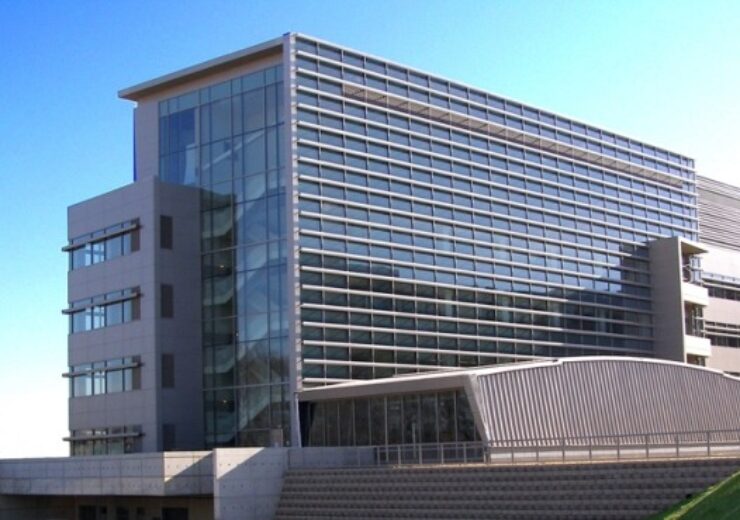The clearance enables the firm to distribute the device in the US dental bone and tissue regeneration market

The US FDA’s Centre for Devices and Radiological Health. (Credit: The U.S. Food and Drug Administration)
Australia-based regenerative medicine firm Orthocell has secured 510(k) clearance from the US Food and Drug Administration (FDA) for its collagen medical device called Striate+ for dental bone and tissue regeneration procedures.
The clearance facilitates the distribution of Striate+device for the customers in the US dental bone and tissue regeneration market, which is estimated to generate $500m annually.
The approval allows the usage of Striate+ device in bone and tissue regeneration procedures, including dental bone defect repair, augmentation around dental implants in immediate and delayed extraction sockets and guided tissue regeneration procedures in intrabony periodontal defects.
Orthocell stated that the 510(k) clearance follows the firm’s application submitted to the FDA in May 2020.
Orthocell to negotiate with multi-national firms for US distribution
The company intends to negotiate with multi-national dental companies for US marketing and distribution rights. It will be responsible for the manufacturing of the finished product.
Orthocell managing director Paul Anderson said: “US approval is a significant inflection point for our Company, and we are now primed to partner and distribute this product.
“I look forward to working with our leading dental surgeons to introduce the new global brand, Striate+ – previously branded as CelGro dental – to make a meaningful impact in the US market.”
In January 2017, Orthocell announced a research collaboration agreement with DePuy Synthes Products, part of the Johnson & Johnson Family of Companies, for its Ortho-ATI stem cell approach for the regeneration of degenerate tendons and ligaments.
Ortho-ATI is a novel non-surgical approach to treat chronic treatment resistant tendon injuries that have a significant negative effect on patients’ activities of daily living.
